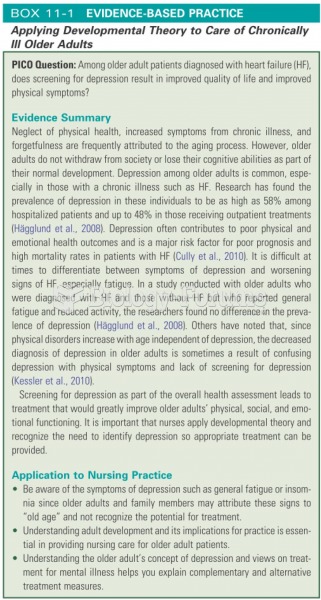|
|
|
People with high total cholesterol have about two times the risk for heart disease as people with ideal levels.
Historic treatments for rheumatoid arthritis have included gold salts, acupuncture, a diet consisting of apples or rhubarb, nutmeg, nettles, bee venom, bracelets made of copper, prayer, rest, tooth extractions, fasting, honey, vitamins, insulin, snow collected on Christmas, magnets, and electric convulsion therapy.
Drug-induced pharmacodynamic effects manifested in older adults include drug-induced renal toxicity, which can be a major factor when these adults are experiencing other kidney problems.
Pubic lice (crabs) are usually spread through sexual contact. You cannot catch them by using a public toilet.
If all the neurons in the human body were lined up, they would stretch more than 600 miles.
 Awareness of cultural and religious norms and customs will help you deliver appropriate nursing care
Awareness of cultural and religious norms and customs will help you deliver appropriate nursing care
 Testing Visual Fields by Confrontation: The nurse and patient should be approximately at an eye to e
Testing Visual Fields by Confrontation: The nurse and patient should be approximately at an eye to e





